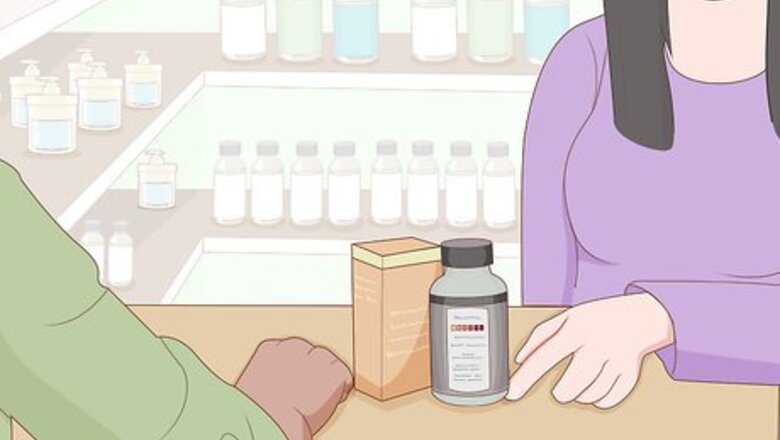
views
Urinating on a Ketone Strip
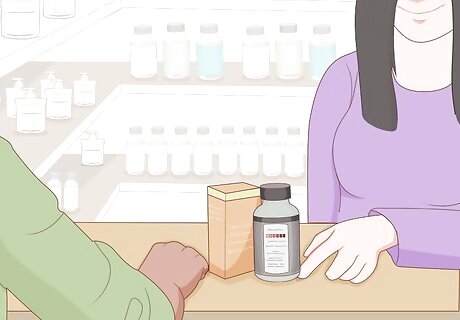
Purchase ketone strips at a local drugstore. Ketones are measured primarily by people on a ketogenic (keto) diet. They can also be used by diabetic individuals. Ketone strips are readily available at drugstores and large pharmacies. Look in the dietary supply section, or in a section dedicated to diabetic medical equipment. The strips will come in a plastic container or a cardboard box, and should have “Ketone” printed on the side. Ketone strips will also be available in the pharmacy section of most large grocery stores. The strips are also available through major online retailers.

Dip the ketone strip into a urine sample. Urinate into a disposable plastic cup to collect the urine sample. Then, dip about ⁄4 inch (0.64 cm) of the ketone strip into the urine. Be sure to dip in the tip that contains the ketone-sensing chemicals. This end will be slightly thicker than the other. You can purchase disposable plastic cups at any grocery store. Check the dental section or the section containing plastic plates and plastic ware.
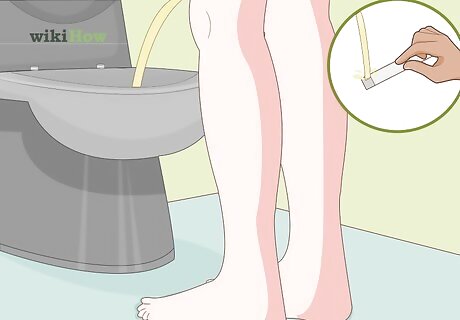
Urinate on the ketone strip if you prefer not to collect a sample. For most individuals, it's easiest simply to urinate directly onto the strip. Do this over a toilet. After you're finished urinating, hold the ketone strip over the toilet bowl so that the urine doesn't drip on the floor. If you're urinating while seated, try not to dip the ketone strip into the toilet water. This will dilute the urine and ruin the sample.
Measuring Your Ketone Level
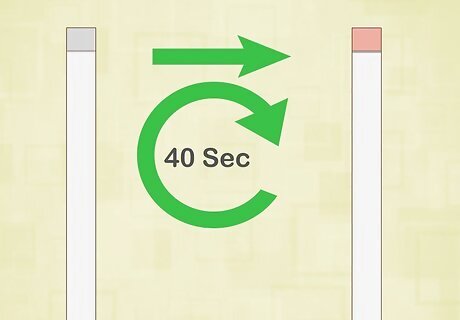
Wait for the ketone strip to change its color. As your urine reacts with the chemicals on the urine strip, the strip will turn a yellow, maroon, or purple color. Follow the directions printed on the side of the packaging, which will tell you how long you should wait. Most ketone strips ask you to wait 40 seconds for best results. Waiting too long to read the results—or not waiting long enough—can result in a misleading reading.
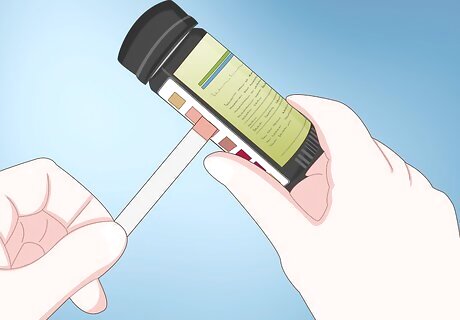
Match the ketone strip with the color indicators on the packaging. If you look at the ketone-strip container, it will have a series of colored squares on one side. Hold your colored ketone strip up to the side of the container, and find the color square that best matches your urine strip. It may be the case that the color of your urine strips fits in between 2 of the color squares on the packaging. In this case, assume that the higher reading is a more accurate result.
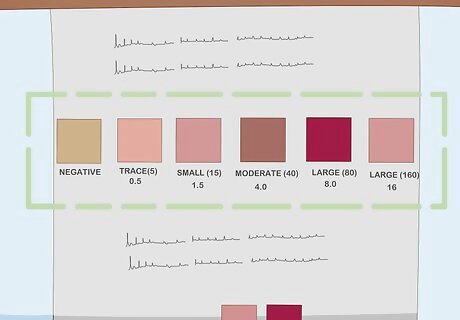
Read the numerical value beneath the matching color square. Once you've matched your urine-strip color with a color square, look closely to find the number and description that correlate with the color. The standard ketone-level descriptors include: “Trace,” “Small,” “Moderate,” and “Large.” The colors will also correspond to numerical values: 0.5, 1.5, 4.0, etc. These measure the amount of ketone in your urine in units of milligrams per deciliter, or units of millimoles per liter. Healthy people not on a keto diet will have extremely low levels of ketone in their urine.
Interpreting the Ketone Strip Results
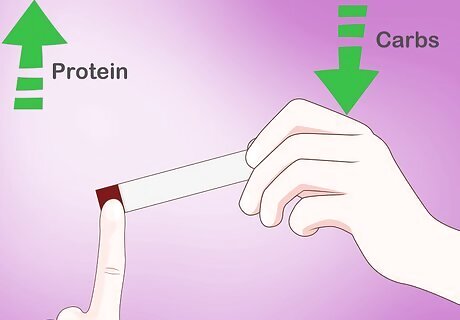
Increase protein and reduce carb consumption if you have a low result. If you've recently started a keto diet, your body will be eliminating large amounts of ketones through the urine. This will result in a deep, maroon-colored urine strip, which correlates to a “Large” amount of ketones in your urine. If you're on a keto diet and the urine strip reads “Trace” or “Small,” increase the rigor of your diet. This can include cutting out more carbs, or consuming more protein.
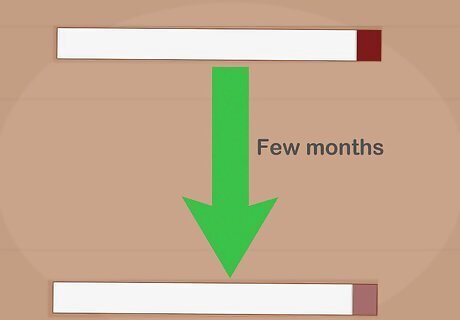
Expect the ketone-strip color to lighten as your keto diet progresses. When you begin a ketone diet, your ketone strip will turn a dark maroon or purple. By the time you're a few months in to the diet, though, your urine-strip results will lighten, and may only indicate a “Moderate” amount of ketone in your urine. This is normal, and not a sign that your diet is failing. Once your body has become used to burning stored fat for energy, it will have less ketone to eliminate via urine.

Contact your doctor if you experience high ketone levels with type-1 diabetes. For type-1 diabetics, high levels of ketones in your blood can indicate dangerously high blood-sugar levels. Test for ketones if you are worried your blood sugar may be dangerously high. If your test reveals a high amount of ketones in your urine, visit your doctor immediately. Other signs of high blood sugar include: weakness, nausea or vomiting, extreme thirst, and difficulty breathing.




















Comments
0 comment